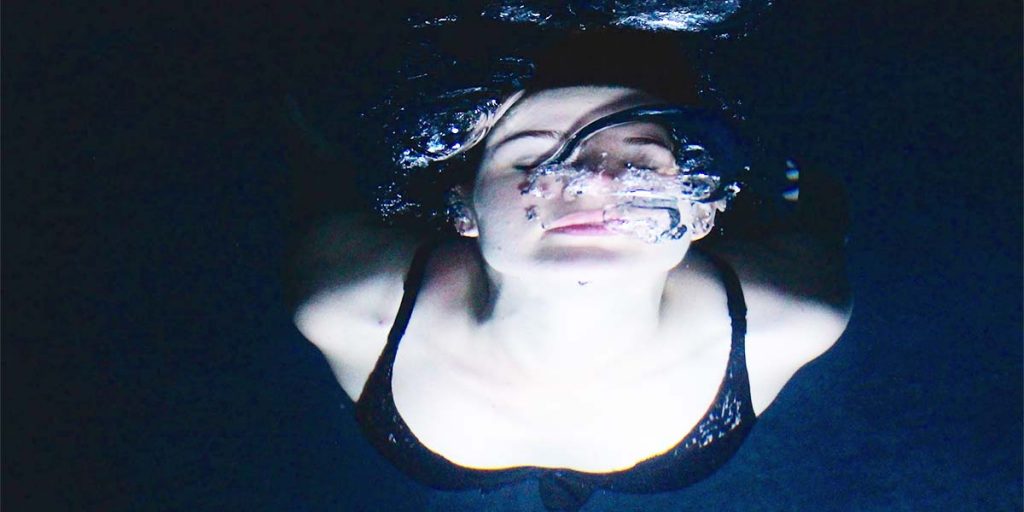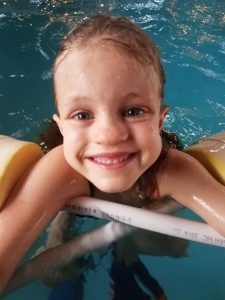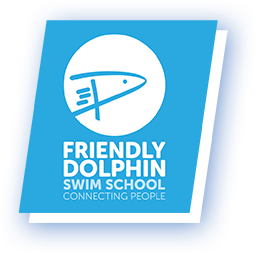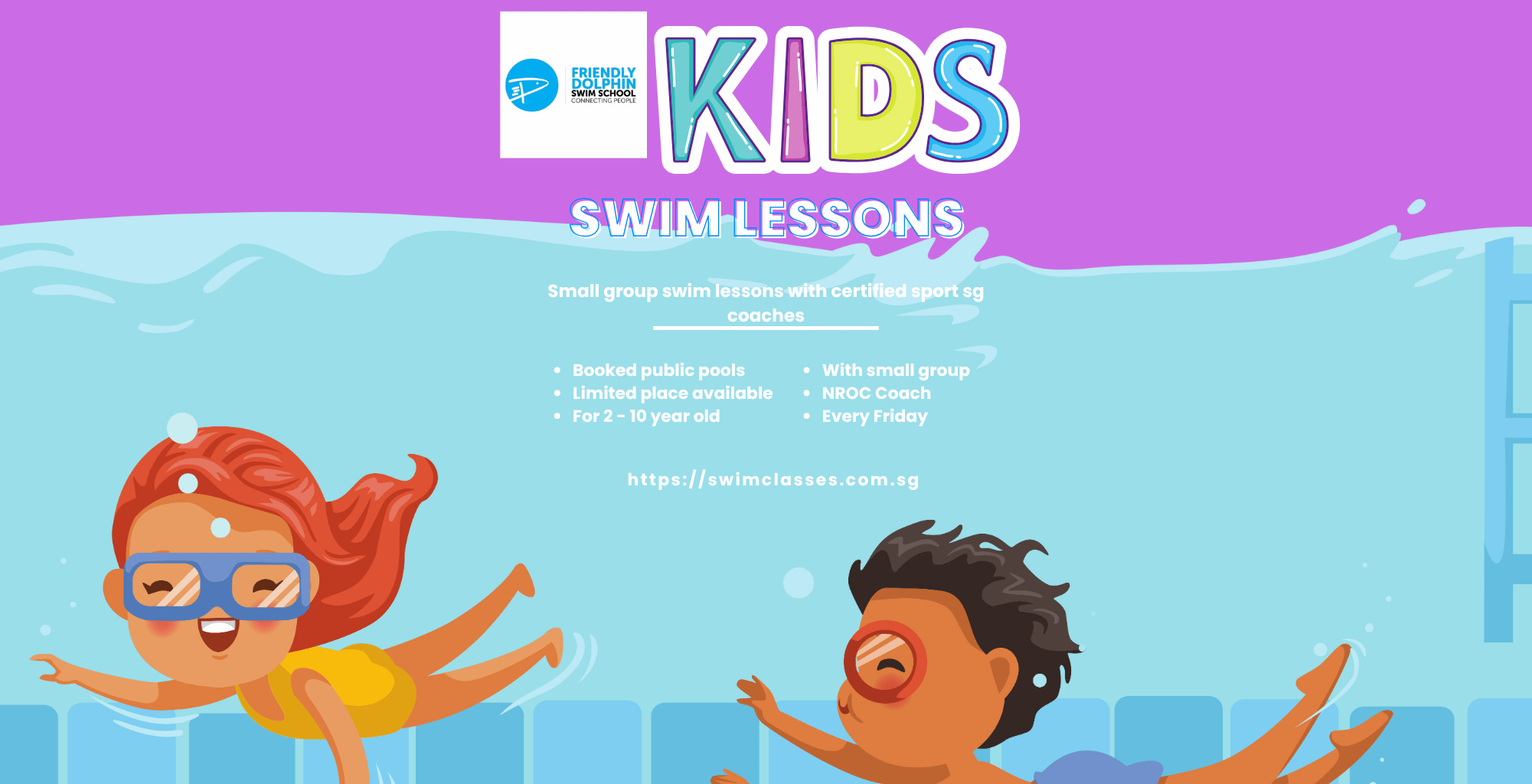Importance Of Blowing Bubbles in Swimming Lessons

If you want to learn how to teach your child blowing bubbles, you’re in the right place! Blowing bubbles is a great skill to prepare your child for swimming lessons and learning to swim early. A study in the UK found that toddlers and babies who learn to blow bubbles also learn to speak faster. There are many benefits to teaching your child to blow bubbles.
Blowing bubbles is one of the first skills you’ll want to teach your kids in swimming lessons as it helps them control their breathing. Respiratory control is the basis of swimming! Without respiratory control, teaching someone to swim is difficult, if not impossible.
Teaching a child to blow bubbles is an easy skill to do while bathing at home or in the pool. And your child will learn to love water with lots of fun!
Depending on your child’s age, you can start with the most pleasing steps. These steps, skills, and tips can complement your own when you teach your child your intuition and creativity. Do you guys have any better ideas to help kids blow bubbles? We would love to hear from you.
Mouth Bubbles
- Hold your breath. You can teach your child this skill at any age. The older your child, the better this skill to teach. Check out some of the games suggested below to have fun with older kids. For infants or babies under the age of 1, you can blow your face for a natural breath-hold. Once the conditions are right, Friendly Dolphin Swim School uses this natural reflex to keep your face underwater. This reflex is also observed in young children, 18 months old, but usually disappears without use by six months of age.
- Teach them how to blow air with pursed-lip breathing. These two videos (here and here) provide some fun ways to do it. This makes bathing even more enjoyable. Making your lips as small as possible and blowing air in the air or on your hands is the first step in creating a real bubble. If a child can see you doing it and you feel you are doing it on their face or hands, they will learn what you want them to do. Then let her try it.
- Blow water. You don’t even have to touch the water. Show your child that the stroke moves the water.
- They may find it a little scary, and they may find it fun. Show them that it’s fun and safe by doing it for them first. Kiss the water. Now that your child has mastered skills 2 and 3, I would like to introduce you to Water Kiss. Use the skills of your opponent learned in # 2 and # 3 to get your child down and slap the water to kiss.
- Blow your lips with water. Now that the water has been kissed underneath, the child can immerse his lips deep in the water and blow off the real bubbles. Check out some of the games below to liven up the bubbles that blow into your home.
Nose Bubbles
Then gradually move to the nasal bladder and later combine both the oral bladder and the nasal bladder. Learning how to make nasal bubbles is very important, and learning this ability to blow bubbles from your nose will help keep water away from your nose and develop that skill for the rest of your life.
Nose bubbles skills are much better learned at a young age. The nose bubbles is created with the mouth closed and the air is exhausted only through the nose.
Teach your child buzz!
Teaching a child to hum outside of bathing hours teaches the child important skills that affect the pool and bring great benefits. Practice blowing your nose with a handkerchief.
Don’t forget to wash your hands!
But this is another skill to practice outside of bathing hours. When you’re done, sit in the tub and blow your nose to combine this skill with water.
Explain that blowing the bladder is the same ability. Be careful not to inhale!
Ham in the water.
Once your child is confident in humming underwater, we will introduce you to underwater skills.
Games: Humming different songs for them to see if they can guess what you’re humming, then let them do the same for you! Blisters on the nose. Practice blowing your nose!
When your child blows air into the handkerchief as if blowing his nose, have this skill incorporated into the water.
- With a little practice, you will become a nose-blowing expert.
Mouth bubbles, Nose Bubbles, and Both Bubbles!
Eyes/forehead in water with bubbles!
Make sure your child is comfortable and ready before dipping his face in the water. It may not be so scary for young children to use the words forehead, eyes, or goggles instead of the face. Find out what’s best for your child.
Put your face in the water and have them practice both mouth and nose bubbles. Try some games to make it even more fun.
Increase the Time.
Next, increase the Time to blow the bubbles. You can make games, count aloud, or soak your hands in water so that you can see your fingers while counting.
- This will take you around completely and return to holding your breath when you introduce increased Time.
Games

Kids, let’s face it … even some of us adults love games. These are just a few of the game ideas that you can play with your kids and have fun blowing your mouth, nose, or mouth and nose. The more you practice all three of these skills, the safer your child will be in and around the water.
Counting Bubbles
Practice blowing 10 (give or take) bubbles in a row with a breath in between. This game is good to teach rhythmic breathing. Challenge them to do more bubbles in a row OR spend less time in between breathing or resting.
Knock it Down (Counting Bubbles)
In this version of Counting Bubbles (above), lift ten fingers (give or take).
After your child blows bubbles, your child can “tap” with one of your fingers. Sound effects make this game more fun.
And finally, when the last finger goes down, give a knuckle or guts pose. Again, the “Knuckle Give me” and guts pose sound effects make this game a favorite. You can also enjoy knuckling on the surface of the water.
Beat Bubbles
Provide a consistent beat that your child blows bubbles to and challenge them to stick to the beat.
Speed the beat-up once they get good at it slow. This game also promotes rhythmic breathing.
Counting Game 1
Count out loud and see how long your child can blow bubbles. Challenge him or her to go longer and longer OR make it to a certain number that might currently be 2-3 counts out of reach.
Counting Game 2
Put your hands in the water so they can see your fingers as you count. Challenge him or her to go longer and longer OR make it to a certain number that might currently be 2-3 counts out of reach.
Guess that Tune
Hum different songs for your child and see if they can guess what you are humming, then have them do the same for you!
After that, it’s just practice and repetition and making learning fun. Hopefully, some of these tips will support you in getting your child more water safe and ready for swimming lessons. Please let us know if we can answer any questions or support you in any way!
Until next time, have fun and stay water-smart and water-safe!


